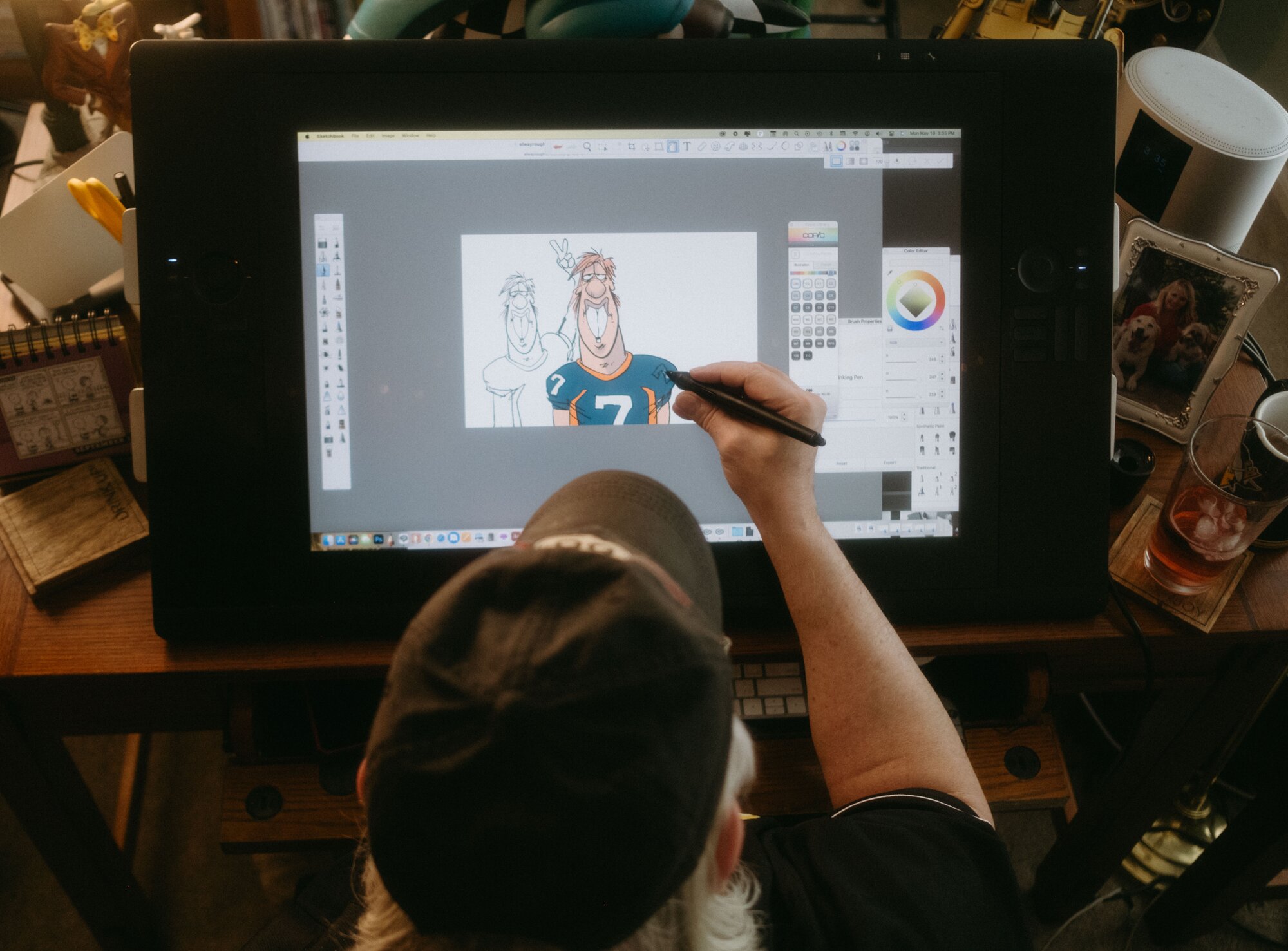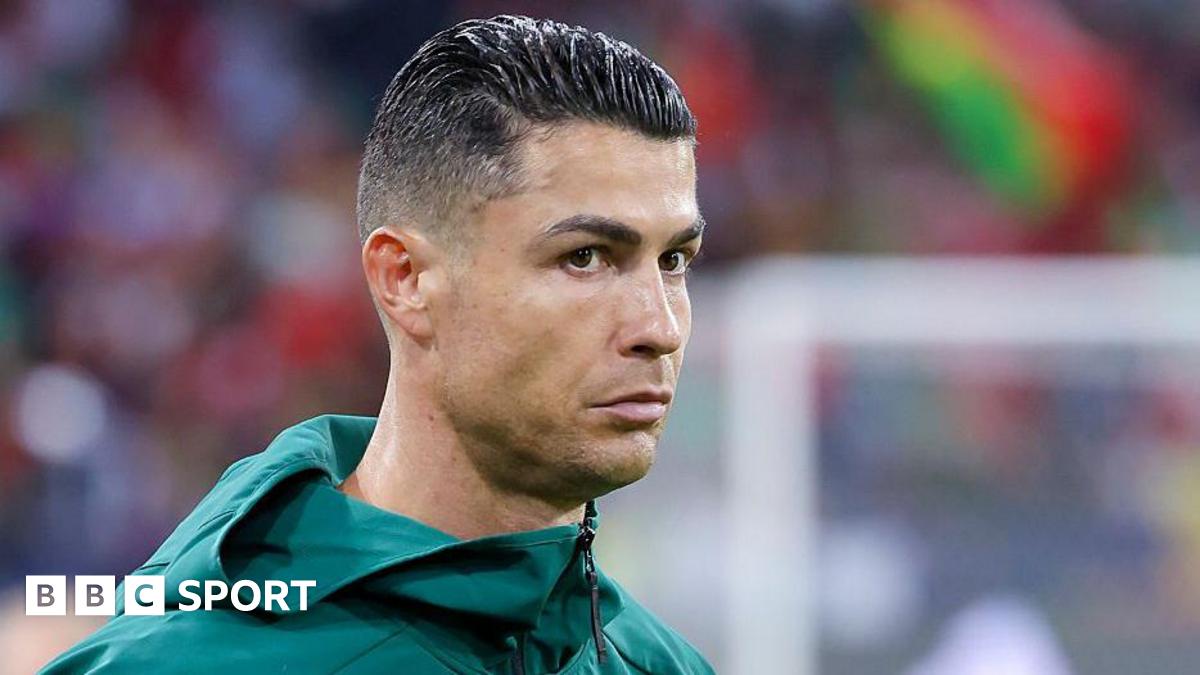INDIANAPOLIS — Judge Claudia Wilken’s timing wasn’t intentional, but it certainly was exquisite. The morning after Wilken approved the settlement of the landmark House v. NCAA lawsuit that will revolutionize college sports, the named plaintiff in the suit was competing a mere four-minute walk from the front door of NCAA headquarters.
Grant House showed up at the IU Natatorium on Saturday morning to swim the 200-meter individual medley wearing a Gary Payton Seattle SuperSonics jersey, and at night for finals in a Rik Smits Indiana Pacers jersey. Those are two of many vintage NBA jerseys the swimmer owns. The 26-year-old former Arizona State Sun Devil can afford to buy more of them now if he so chooses after receiving a $125,000 “service award” in the settlement for putting his name on the suit.
His name will resonate historically for reasons unrelated to his swimming. He’ll be famous for burning down the house of amateurism in college sports. When Wilken’s ruling dropped around 9:15 p.m. ET Friday, the symbolism of the moment did not escape him.
“I was walking out of my brother Kyle’s hotel room with my family,” he tells Sports Illustrated. “It was actually very culminating to be wearing a Cassius Clay shirt, in Indianapolis, headquarters of the NCAA. It just felt right. It felt like the stars were aligned for that.
“What Cassius Clay stood for in a different time period, and a much different demographic, was advocating for what’s right and standing against what’s wrong. I believe that’s what this whole [lawsuit] cause has been for, athlete advocacy. Having the courage to take one step forward for the sake of athletes now, from a couple years past, righting the wrongs that have been for decades, and then especially for the hundreds of thousands of athletes going forward.”
The unintended side effect of the House v. NCAA lawsuit might be setting fire to House’s chosen sport, and other Olympic sports.
Schools that opted into the House settlement will begin distributing up to $20.5 million to current athletes on July 1. The generally acknowledged breakdown of payments is along these parameters: 75% to football players, 15% to men’s basketball players, 5% to women’s basketball players and 5% to all other sports combined. Some Olympic sports in major athletic departments will receive none of the House revenue share at all. The billions of dollars from the settlement will not trickle down to the vast majority of college athletes.
At Southeastern Conference spring meetings last month, some schools said they will distribute revenue to six sports. Others have said it will be only three—football and the two basketball programs. Meanwhile, schools with lesser resources are not only not distributing revenue to Olympic sports, many are looking to deemphasize or even eliminate them.
Concerns about the future of college swimming hovered over the U.S. championships here. With the economics of college athletics tilting more toward a big-business mentality, everyone in this and every Olympic sport is worried about what the post-House landscape will be.
“The elephant in the room is, what are the implications for Olympic sports?” says Louisville Cardinals swimming and diving coach Arthur Albiero, who is the president of the College Swim Coaches Association. “My concern is that the value of Olympic sports, that scale has shifted a little bit. Producing Olympians, All-Americans, great GPAs, great citizens—where does that fit into the metrics now? It’s a dire moment.”
Jaime Gordon, CEO of the American Volleyball Coaches Association, said at a Knight Commission on Intercollegiate Athletics forum last month that 32 individual sports have been dropped at the Division I level since the introduction of the House v. NCAA lawsuit in 2020. That has eliminated more than 900 D-I athletic opportunities, Gordon said, and that figure does not include St. Francis dropping its entire athletic program to Division III in ’26–27.
Former Penn State president Eric Barron, a Knight Commission member, declared the number of eliminated sports “a tragedy.” More eliminated programs seem inevitable over the lifespan of the House settlement, which covers 10 years.
For time immemorial, football and (sometimes) men’s basketball have funded entire athletic departments. This was a universally accepted revenue distribution at the higher education level—just as some academic departments attract more students and more tuition for a university than others. The departments that aren’t high earners aren’t eliminated by the school.
But as the revenue geyser has increased in football, so has the sport’s desire to keep what it earns and spend it. Coaching salaries have skyrocketed, the facilities arms race was uncontrolled—and over the last three years, the players have been getting paid higher and higher amounts. (Paid above the table. They were always getting kickbacks under it in the past.)
“It’s a spending problem,” says Rocky Harris, chief of sport and athlete services at the U.S. Olympic and Paralympic Committee. “If you win in football, you need to invest more in it. If you lose in football, you need to invest more in it. It’s a never-ending problem.”
At the FBS level, Olympic sports are hoping to hold on to a couple of current thresholds: a minimum of 15 sponsored sports for each school, and estimated per-dollar spending in the range of 38 to 43 cents.
If those equations change, tilting more toward football and basketball, many universities could keep Olympic sports in name only. They could be virtual club sports, with facilities left to age, staff sizes and salaries diminished, recruiting and travel budgets slashed.
“We know we have to invest in football and basketball, we fully understand that,” Albiero says. “And I believe those guys do need to be compensated—no problem with that whatsoever. But I do think the pendulum has swung a little too far, where Olympic sports are starting to suffer.
“Can we put some guardrails around our resources, so they can be somewhat protected, without taking away from other boxes that must be checked? The reality is, we need some help to protect Olympic sports, whether that’s from Congress or somewhere else.”
House acknowledges that Olympic sports are facing a new and somewhat uncertain future. The power-conference schools will be the last to drop those sports, but the tiers below them—the mid-major and low-major universities—are in the most immediate jeopardy.
Swimming, which is a lynchpin of American Olympic excellence and viewer interest once every four years, doesn’t move the needle the other three. The sport will have to be resourceful and creative to maintain a national presence on campuses beyond the top 25 programs.
“The biggest thing is working together to handle these changes,” House says. “Making sure we’re working as a community—that’s when swimming is at its strongest. That’s why the sport is so amazing, because it’s so collaborative. The only constant in our life is change, so walking together into that change is important.”
House described walking into the natatorium—where he has competed at various times since he was 8 years old—and competing the day after the settlement as “cathartic.” A long journey into a strange sort of fame was over. He might even have looked at the NCAA building nearby in a new light.
“It’s interesting the connotation it takes now,” he says. “But it’s still just a building you drive past at the end of the day. They don’t know I’m in the car, I don’t know who’s in the building—but I know what it stands for and what I stand for, and those aren’t the most collaborative forces right now.”
In the pool Saturday, House qualified fifth for the final of the 200 IM. At night, wearing the Smits jersey, he walked out behind Lane 2, shot an imaginary jump shot, then stripped down to his racing suit and dove in, hoping to finish in the top two and make the U.S. team for the World Championships later this summer in Singapore.
House finished fifth, missing the team by three places and 2.31 seconds but swimming a career-best time in the event. After a long warmdown, House changed, dried off and left the natatorium with his ASU teammates.
Literally and figuratively, his work here in Indy was done.







 English (US) ·
English (US) ·